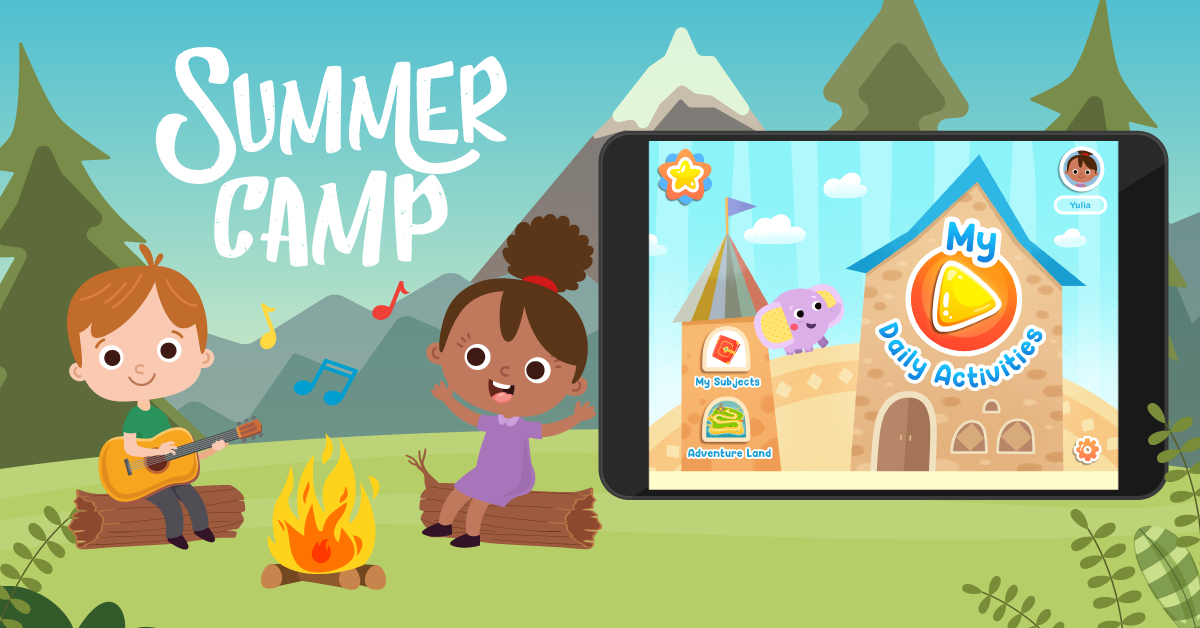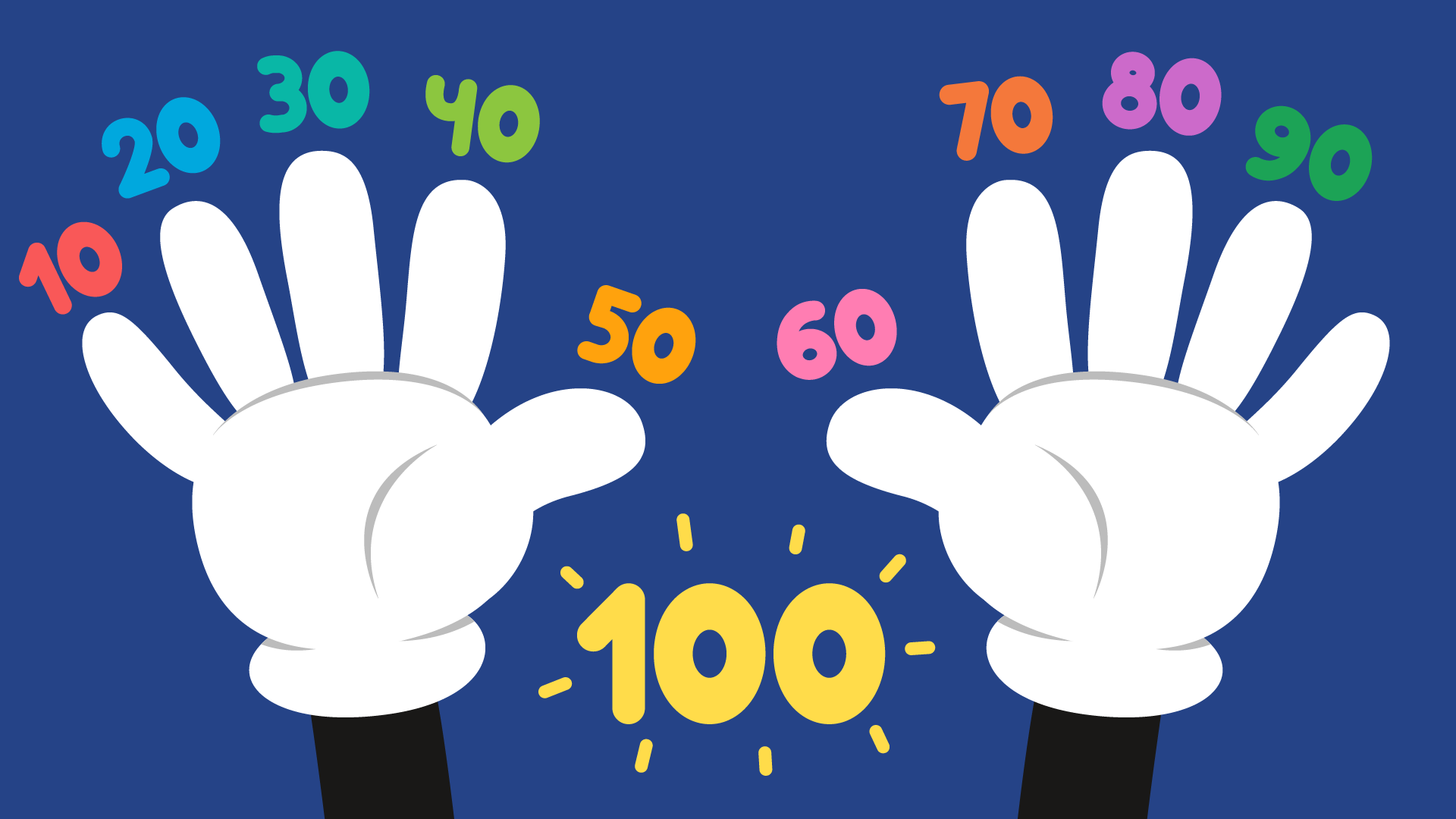Tips and Tricks on Teaching Your Child to Read
Sept. 21, 2021
Reading is essential to learning, and it should always start at home. Teaching your child how to read might sound hard, especially when parents have jobs and are doing house chores too. Many will hire a tutor to teach their child, but in this time of pandemic where everyone is being careful not to got outside and also not to let anyone in their home, parents will have to take the role of a teacher.
Teaching your child to read
Parents would want to see their child reading on their own, it will be such a great relief because it is a huge step towards learning. But we would want to take it easy and do not rush into seeing your child reading after just weeks of practice, there are tips on teaching your child to read. Here are some of them:
- Read to your child – you should instill interest into reading, show them pictures of the book and explain. Have a conversation about the book you just read, what his or her favorite part, or character. This doesn’t only help your child find joy in reading, it also gives you time to bond and learn more about your child. But be sure that you are reading books that are appropriate for your child’s capacity to understand.
- Show pictures from different books – look at different pictures and let your child use their imaginations and tell you what is happening based on the pictures. You may also check the Make Connection to Text and Self lesson at Kids Academy. This will help your child have a more in-depth understanding and will also aid in their conversation skill.

- Sing nursery rhymes – do not just play nursery rhymes on your television, sing it with them and have them sing the song too. It is good to sing songs that contain letters and spelling in it, like “The Bingo Song” this will help them recognize letters and spell the word too!
- Letter recognition - it is good to have letters around your house, explain the importance of letters to your child and how it makes a word! Take your time in teaching this, you can teach your child 2 or 3 letters a day until they understand and recognize the letters. You can even start with your child’s name and help him or her identify the letters.
- Teach the alphabet – if you notice your child is able to understand alphabet, then it is time to teach it! Sing the alphabet to your child and help them identify the letters, you can print letters and play with it at home. You can find fun letter worksheets at the Kids Academy website. One worksheet that your child may find fun is “Cheerful Balloon Worksheet” and “Letter Fishing Worksheet” these worksheets can also be an art activity for your child while learning letters. Children love doing art, and one of my way of teaching alphabet is through arts and crafts, having them color letters will help them get familiarized with it.
- Letter sound – one of the most important things is to teach your child how each letter sounds like, you may watch Full English Alphabet with your child, and make sure to explain further and have them understand. You may also play Full English Alphabet with your child too and see how much they’ve learned. If you want to practice more with each letter, like identifying and learning the sounds of the vowels, A, E, I, O, U which can be quite confusing for some kids since some of this letters may sound alike like “A”, “O”, and “U”, and “E” and “I”, a helpful educational videos and worksheets are also found at Kids Academy.

- Phonological awareness – this is to help your child identify the sound of each letter in a word, like the letters in the word CAT, it may be easy for them to remember the letters but not the sound and how are they placed in a word, you may start with asking what sound does the letter “C” makes, your child will say “kuh/ka” and then “ah” for “A” and “tuh/ta” for “T”, but if you ask them to spell the and place each letter on its proper place, they might get confused, and this happens a lot with my student. Decoding can be a difficult task for them. Some helpful worksheets that may help you guide your child with phonics are found at Kids Academy.
- Sight words – reading with your child will help them identify more words. Read easy words and let your child repeat it by him or herself until he or she is confident enough to identify these words. Sight words contain words like: I, can, you, and, like, boy, girl and a lot more. If you are having trouble with teaching this to your child, available worksheets are available online too. Practice with playing a word recognition game or if you think your child can identify tricky words, then they can enjoy a fun sight word game.
- Letter sound relationship – this is also part of the phonological awareness, let your child sound out 3-letter words, and have them figure out how it is read. One tip is to start with beginning sounds, then to middle sounds and then to ending sounds. Practice with letter-sound relationship by taking it a step at a time.

- Reading words in order – Let your child explore a book and ask “where do we start reading?” In class, we always practice the children to follow lines from left to right, this is to help them remember that we read and write from left going to the right. A more clear and thorough explanation to this can be seen at Kids Academy. This is a great fun way to explain to your child, because children like seeing colorful and animated videos or photos.
- Practice – continue practicing, reading is fun and let your child feel that way too.
The worksheets provided in this article can be printed to minimize your child’s screen time. It will always be better to work on this with your child. Also, you may want to start teaching your child as early as the age of 3, but it is not really important, and you should not feel pressure in pushing your child to read and you should let your child play and be a kid, take it slowly. I, myself started reading at the age of 6 and everyone can tell that I can read perfectly, therefore, it is okay if your child isn’t reading yet or isn’t reading perfectly as you want them to be, give them time to adjust. As a parent, your role is to guide your child into learning and be their coach too!











